A terrifying incident has occurred at Japan’s wrecked Fukushima nuclear power plant. It has been reported that about twenty-five tons of radioactively contaminated water has leaked from the plant’s Reactor Unit-2.
The Fukushima plant’s operator Tokyo Electric Power (TEPCO) discovered the leak on August 9th. However, the company claimed that the contaminated water didn’t get into the environment as it flowed into the basement, according to reports.
Before the discovery of the leak, an abnormal decrease in the water level was noticed in one of the water control tanks in the nuclear fuel cooling pool.
A robot was launched into the building to look for the reason. It turned out that the water that had leaked from the tank had run into the basement, reported UNN. The robot’s inspection confirmed that the water leaked via sewage systems and there was no outside leak, as per TEPCO. TEPCO says that a robot will be used for a more detailed examination of Unit 2.
The company has now stopped pumping water into the cooling pond. They claim that the leak will not cause the fuel to heat up beyond the threshold of sixty-five degrees Centigrade.
Earlier in February, TEPCO detected a radioactive water leak at the Fukushima Daiichi plant. The leakage volume for the February leak was about five and a half tons of water and the area was approximately four by four meters. The company began discharging water from the plant into the ocean in August of 2023. There were many complaints from other nations around the Pacific Ocean fearing radioactive contamination. Some countries banned import of Japanese seafood.
Previously, TEPCO announced on August 9th that equipment related to the spent fuel pool of Reactor Unit 2 had malfunctioned. As a precautionary measure, the cooling system for the spent fuel pool was subsequently halted while investigations into the cause of the malfunction commenced were carried out.
On the 11th of March 2011, the Fukushima-Daiichi Nuclear Power Station (FDNPS) suffered major damage after the magnitude 9.0 great east-Japan earthquake and subsequent tsunami which caused flooding of the plant.
The combined impact and consequences of the earthquake and tsunami caused great loss of life and widespread devastation in north-eastern Japan. It was the largest civilian nuclear accident since the Chernobyl disaster in Ukraine in 1986.
This was followed by severe flooding at the Fukushima Daiichi Nuclear Power Station which destroyed electrical generators that were needed to cool the nuclear fuel. The fuel overheated, melted down and caused explosions which destroyed other reactors at the plant. Radioactive material was released from the damaged plant and tens of thousands of people were evacuated. The Fukushima disaster was categorized as a Level 7 Major Accident on the International Nuclear and Radiological Event Scale.
In the first days following the accident, the International Atomic Energy Commission established teams to evaluate key nuclear safety elements and assess radiological levels. The United Nations Scientific Committee on the Effects of Atomic Radiation (UNSCEAR) investigated the levels and effects of exposure to ionizing radiation.
Blog
-
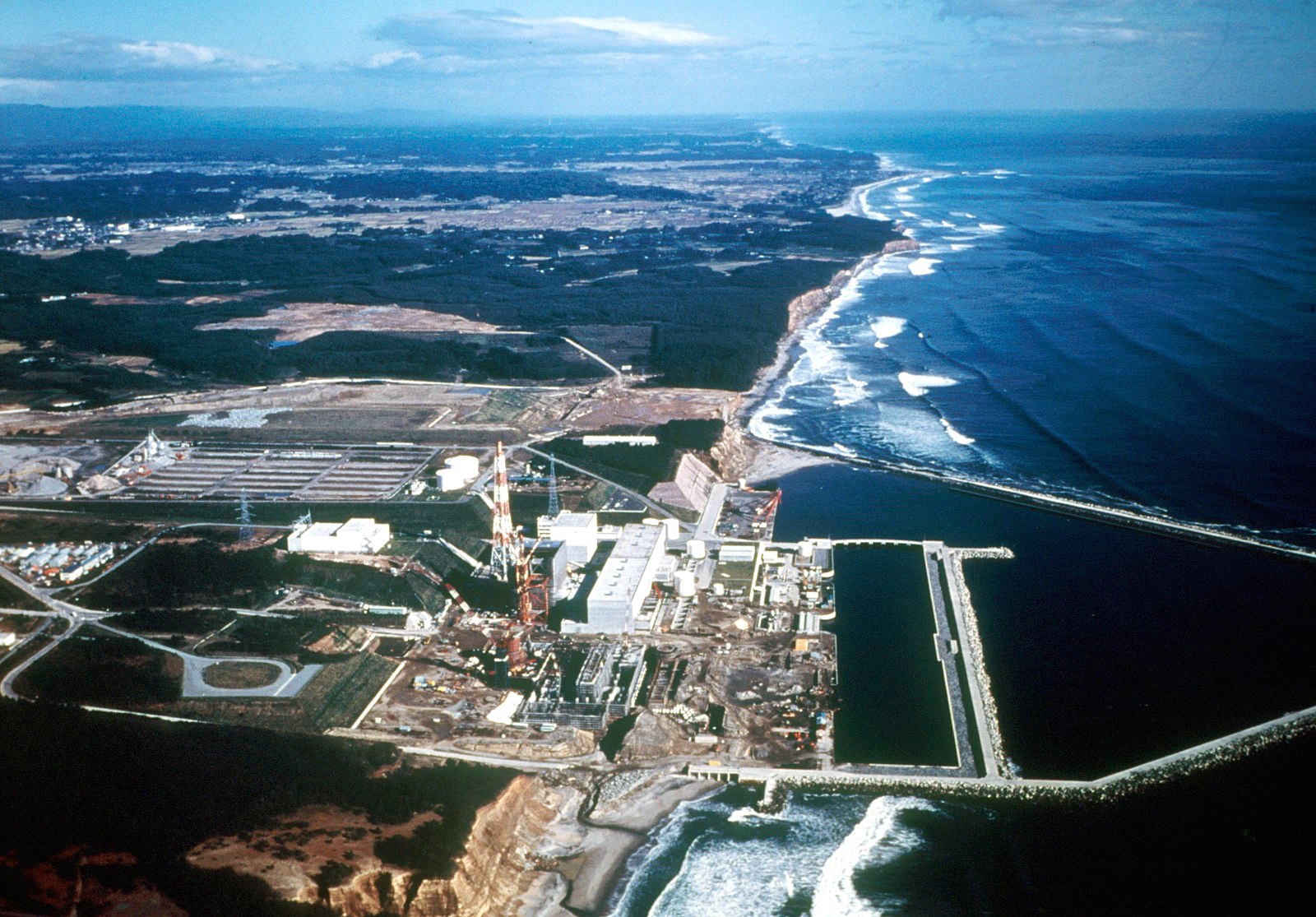
Radioactive Waste 934 – Fukushima Plant In Japan Is Leaking Radioactively Contaminated Water Again
-
Nuclear News Roundup Aug 22, 2024
Ukraine’s Energoatom to finish building abandoned nuclear power plant Pravda.com.ua
Lavrov: Russia currently specifying its nuclear doctrine news.az
Iran’s supreme leader opens door to negotiations with US over nuclear program newarab.com
UN nuclear chief to visit Russian atomic plant near front line hindustantimes.com
-

Geiger Readings for Aug 22, 2024
Ambient office = 135 nanosieverts per hour
Ambient outside = 113 nanosieverts per hour
Soil exposed to rain water = 118 nanosieverts per hour
Mini cucumber from Central Market = 137 nanosieverts per hour
Tap water = 100 nanosieverts per hour
Filter water = 90 nanosieverts per hour
-
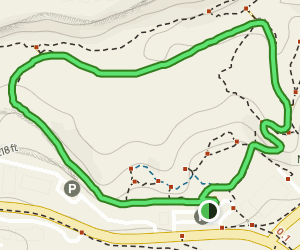
Radioactive Waste 933 – Acid Canyon in New Mexico Contaminated With Plutonium From Los Alamos National Laboratory
Watchdogs are raising new concerns about legacy nuclear contamination in Los Alamos. Los Alamos is the birthplace of the atomic bomb and home to a renewed effort to manufacture key components for nuclear weapons.
Michael Ketterer is a Northern Arizona University professor emeritus. He analyzed soil, water and vegetation samples taken along a popular hiking and biking trail in Acid Canyon. He said last Thursday that there were more extreme concentrations of plutonium found there than at any other publicly accessible sites he has researched in his decades-long career. That includes contamination of land around the federal gvernment’s former weapons plant at Rocky Flats in Colorado.
Michael Ketterer specializes in tracking the chemical fingerprints of radioactive materials. Outdoor enthusiasts may not be in immediate danger while traveling through the pine tree-lined canyon. However, Ketterer said state and local officials should be warning people to avoid coming in contact with water in Acid Canyon.
Ketterer said, “This is an unrestricted area. I’ve never seen anything quite like it in the United States. It’s just an extreme example of very high concentrations of plutonium in soils and sediments. Really, you know, the contamination is hiding in plain sight.”
Ketterer teamed up with the group Nuclear Watch New Mexico to gather the samples in July. July is a rainy period that often results in isolated downpours and stormwater runoff coursing through canyons and otherwise dry arroyos. Water was flowing through Acid Canyon when the samples were taken from water and soil.
Ketterer’s work followed mapping done by the group earlier this year that was based on a Los Alamos National Laboratory database including plutonium samples from throughout the area.
Jay Coghlan is the director of Nuclear Watch. He said the detection of high levels of plutonium in the heart of Los Alamos is a concern. Especially as the lab gears up to begin producing the next generation of plutonium pits for the nation’s nuclear arsenal. The Los Alamos laboratory is under the direction of Congress, the U.S. Energy Department and the National Nuclear Security Administration. He stated that Acid Canyon is a place where more comprehensive cleanup should have happened decades ago.Coghlan said that “Cleanup at Los Alamos is long delayed.” He added that annual spending for the plutonium pit work has neared two billion dollars in recent years while the cleanup budget for legacy waste is expected to decrease in the next fiscal year.
Acid Canyon is among the tributaries that eventually pass through San Ildefonso Pueblo lands on their way to the Rio Grande. From 1943 to 1964, liquid wastes from nuclear research at the lab was piped into the canyon.
The federal government began cleaning up Acid Canyon in the late 1960s. The land was eventually transferred to Los Alamos County. Officials decided in the 1980s that conditions within Acid Canyon met DOE standards and were protective of human health and the environment.
The U.S. Department of Energy’s Office of Environmental Management at Los Alamos said Thursday that it was preparing a response to Ketterer’s findings.
Ketterer and Coghlan said the concerns about contamination now are the continued downstream migration of plutonium, absorption by plants and the creation of contaminated ash following wildfires.
Ketterer described it as a problem that cannot be fixed. However, he said the residents and visitors would appreciate knowing that it’s there.Ketterer said, “It really can’t be undone, I suppose we could go into Acid Canyon and start scooping out a lot more contaminated stuff and keep doing that. It’s kind of like trying to pick up salt that’s been thrown into a shag carpet. It’s crazy to think you’re going to get it all.”
-
Nuclear News Roundup Aug 21, 2024
Why Is the US Fighting Nuclear Threats Behind Closed Doors? Hindustantimes.com
TVA approves further funding for Clinch River SMR world-nuclear-news.org
Kazatomprom lowers 2025 uranium production expectations world-nuclear-news.org
Podcast: Finland’s innovative SMR aims to decarbonize district heating world-nuclear-news.org
-
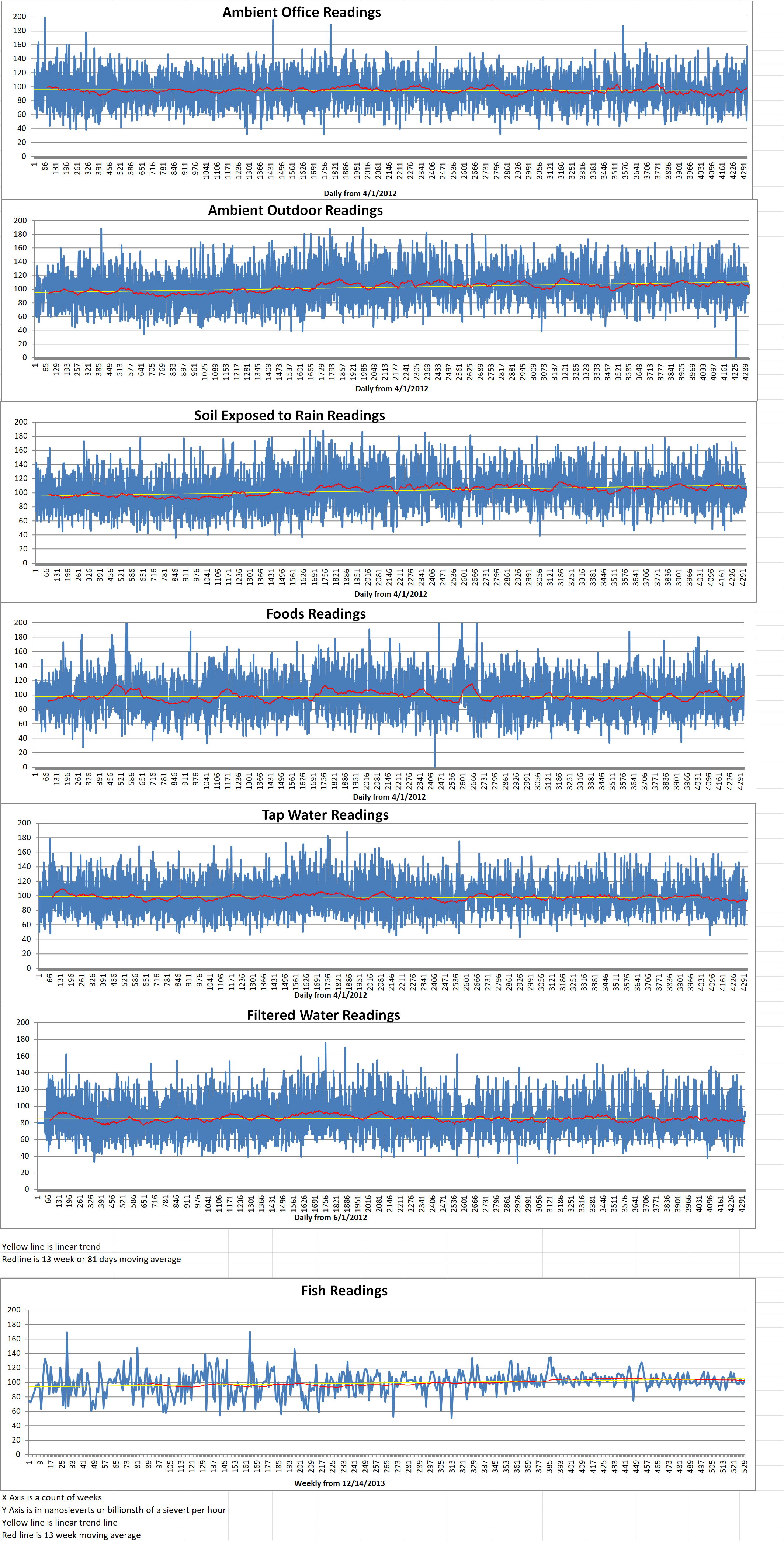
Geiger Readings for Aug 21, 2024
Ambient office = 158 nanosieverts per hour
Ambient outside = 106 nanosieverts per hour
Soil exposed to rain water = 108 nanosieverts per hour
Blueberry from Central Market = 125 nanosieverts per hour
Tap water = 108 nanosieverts per hour
Filter water = 93 nanosieverts per hour
-

Nuclear Fusion 76 – Researchers At Lehigh University Use Mayonnaise To Understand Plasma Behavior – Part 2 of 2 Parts
Part 2 of 2 Parts (Please read Part 1 first)
The International Thermonuclear Experimental Reactor (ITER) in France is an example of magnetic confinement fusion. ITER has recently been delayed until 2039 rather than 2035 which had previously been announced. The cost has risen an additional cost of five billion dollars.
The fusion method at ITER relies on very powerful magnetic fields to contain superheated plasma which is an ionized gas where fusion occurs. The plasma must be heated to temperatures ten times hotter than the sun’s core. It is confined within a doughnut-shaped vacuum chamber called a tokamak. The magnetic fields prevent the plasma from touching the walls of the chamber. If this occurs, it would cool down the plasma and stop the reaction.
Where does mayonnaise fit into all of this? A major challenge to stable nuclear fusion using inertial confinement is the Rayleigh-Taylor instability. This phenomenon occurs when different-density materials are subjected to opposing gradients of density and pressure.
This leads to unpredictable and often detrimental outcomes during the fusion process.
Arindam Banerjee is the Paul B. Reinhold Professor of Mechanical Engineering and Mechanics at Lehigh University. He and his team have turned to mayonnaise to aid their understanding of nuclear fusion. This condiment copies the behavior of more complex materials under pressure but in a more controlled setting.
Banerjee said, “We’re still working on the same problem, which is the structural integrity of fusion capsules used in inertial confinement fusion, and Hellmann’s Real Mayonnaise is still helping us in the search for solutions. We use mayonnaise because it behaves like a solid, but when subjected to a pressure gradient, it starts to flow.”
The new research findings build upon similar research from 2019. This prior research first examined the Rayleigh-Taylor instability problem in this context. Banerjee and his team employed a rotating wheel facility to simulate the flow conditions experienced by fusion plasma. They discovered that mayonnaise undergoes distinct phases. First, it behaves elastically, then plastically, before finally flowing unstably. Understanding these transitions is critical because it offers hints on how to control or delay the onset of instability in fusion capsules.
Banerjee and his team’s latest research goes deeper into the conditions that govern these phase transitions. The study identified specific criteria under which elastic recovery is possible. Elastic recovery is deemed vital for delaying or suppressing instability. These findings could guide the design of future fusion target capsules, ensuring that they remain stable under extreme conditions.
There is still a critical question. How applicable are these findings to actual fusion capsules in which the materials involved differ significantly in their properties? Banerjee and his team addressed this problem by non-dimensionalizing their data. This allows them to predict behaviors in fusion capsules despite the differences in material properties.
As Banerjee explains, his research is part of a global effort to make fusion energy on Earth a reality. By refining the understanding of fluid dynamics through such innovative experiments, researchers hope to bring us closer to a future powered by clean, limitless nuclear fusion energy.
Banerjee added, “We’re another cog in this giant wheel of researchers. We’re all working towards making inertial fusion cheaper and therefore, attainable.” -
Nuclear News Roundup Aug 20, 2024
TVA board approves nuclear investment, rate increase kentuckytoday.com
Leak forces waste disposal shipment to return to San Onofre Nuclear Generating Station kpbs.org
Eswatini launches nuclear programme framework world-nuclear-news.org
IAEA releases 2023 nuclear power data world-nuclear-news.org
-
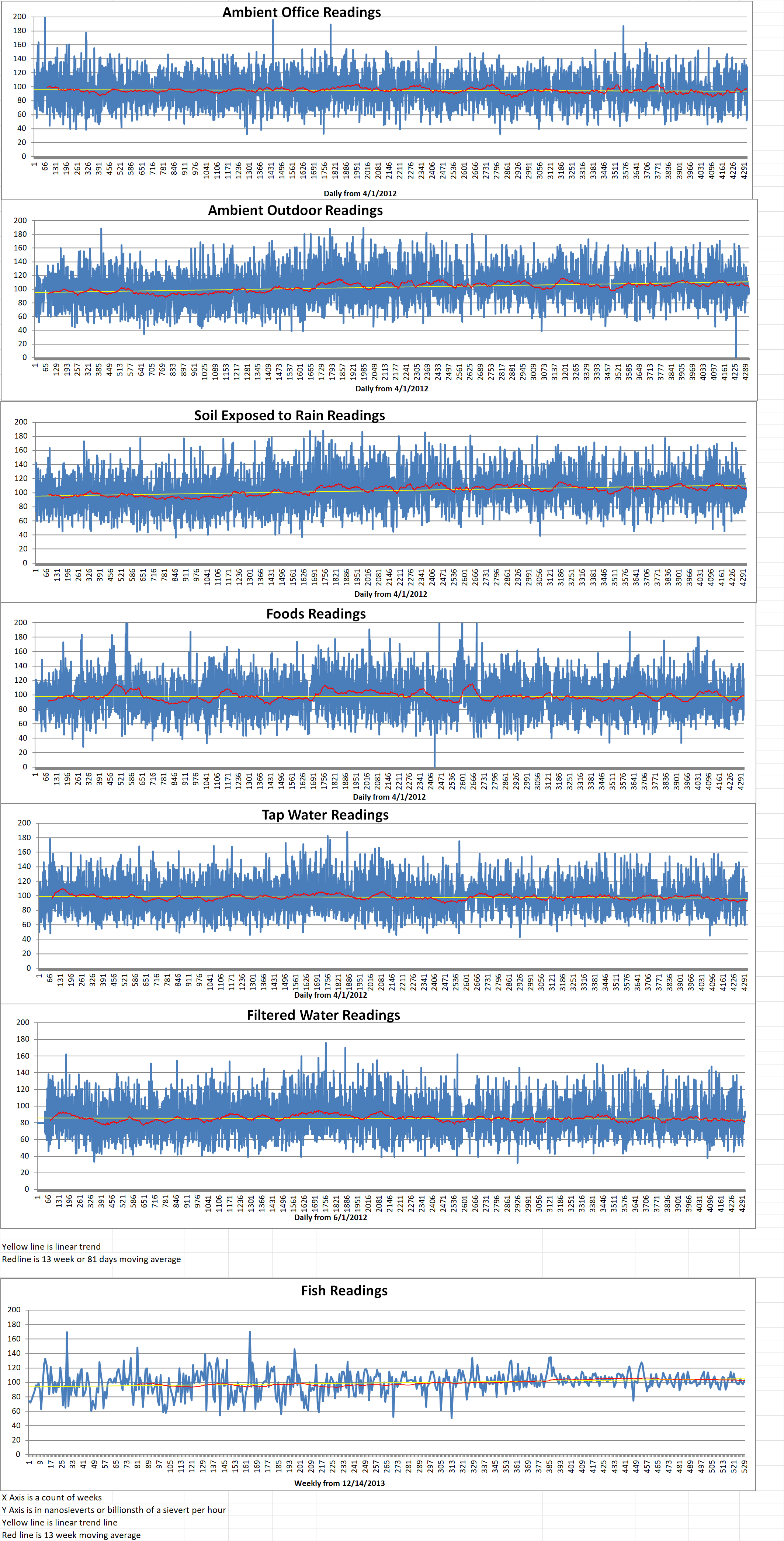
Geiger Readings for Aug 20, 2024
Ambient office = 128 nanosieverts per hour
Ambient outside = 98 nanosieverts per hour
Soil exposed to rain water = 100 nanosieverts per hour
Avocado from Central Market = 103 nanosieverts per hour
Tap water = 95 nanosieverts per hour
Filter water = 88 nanosieverts per hour
-
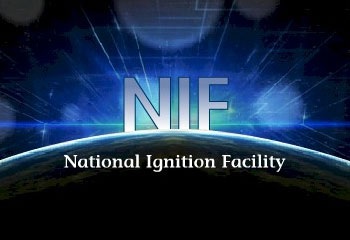
Nuclear Fusion 75 – Researchers At Lehigh University Use Mayonnaise To Understand Plasma Behavior – Part 1 of 2 Parts
Part 1 of 2 Parts
In the quest to harness nuclear fusion as a nearly limitless and clean energy source, researchers have turned to mayonnaise. This household condiment is assisting scientists at Lehigh University to understand complex fluid dynamics that take place during fusion reactions. Their research will potentially pave the way for more efficient fusion processes.
Nuclear fusion is the process that powers the sun. If it can be achieved on Earth it could change the world’s energy landscape forever. Creating nuclear fusion on Earth, however, involves replicating the sun’s extreme conditions, a task that remains extremely challenging.
In late 2022, scientists at the National Ignition Facility (NIF) in California announced a landmark achievement in nuclear fusion. For the first time, they were able to extracted more energy from a controlled fusion reaction than was used to initiate it. On October 30, 2023, the NIF set a new record for generating laser energy. For the first time, they fired two and two tenths megajoules of energy at an ignition target, resulting in three and four tenths megajoules of fusion energy yield.
The announcement of the NIF breakthrough led to a familiar divide in opinion. Fusion proponents celebrated it as a sign that the long-awaited fusion era might be nearing. Skeptics remained unconvinced, pointing out that fusion has been “20 years away” for decades. This tension indicates the high stakes involved.
(Helion Energy is an aneutronic fusion startup in Redmond, Washington. They are hoping to provide fusion energy to Microsoft in 2028, much sooner than thirty years in the future.)
The world is in desperate need of a clean, abundant energy source to take the place of fossil fuels and mitigate the climate crisis. Fusion occurs when light atomic nuclei merges and release energy. It has always been this sort of white whale. However, after decades of research, it is still not clear when or if fusion will be a significant contributor to our energy mix.
Most estimations suggest that practical fusion energy might not be realized until around 2050. Unfortunately, this timeline means that fusion energy is unlikely to play a significant role in reducing carbon emissions by mid-century. This is a crucial period for addressing global warming.
The challenges of harnessing fusion are huge. The fusion process involves creating and maintaining conditions similar to those inside stars where temperatures reach one hundred million degrees Kelvin. This requires using powerful magnetic fields to confine a plasma of hydrogen isotopes, deuterium, and tritium. This task has proven extremely difficult. In addition, reactors must withstand the intense neutron bombardment generated during the fusion reactions, which degrades materials over time.
There are multiple designs for fusion reactors currently in development. The most promising designs are inertial confinement fusion and magnetic confinement fusion. The former is what the is used INF. It is an approach where scientists use powerful lasers or ion beams to compress a tiny pellet of fuel until the conditions for fusion are met. The target is typically a mix of deuterium and tritium hydrogen isotopes.
Please read Part 2 next
